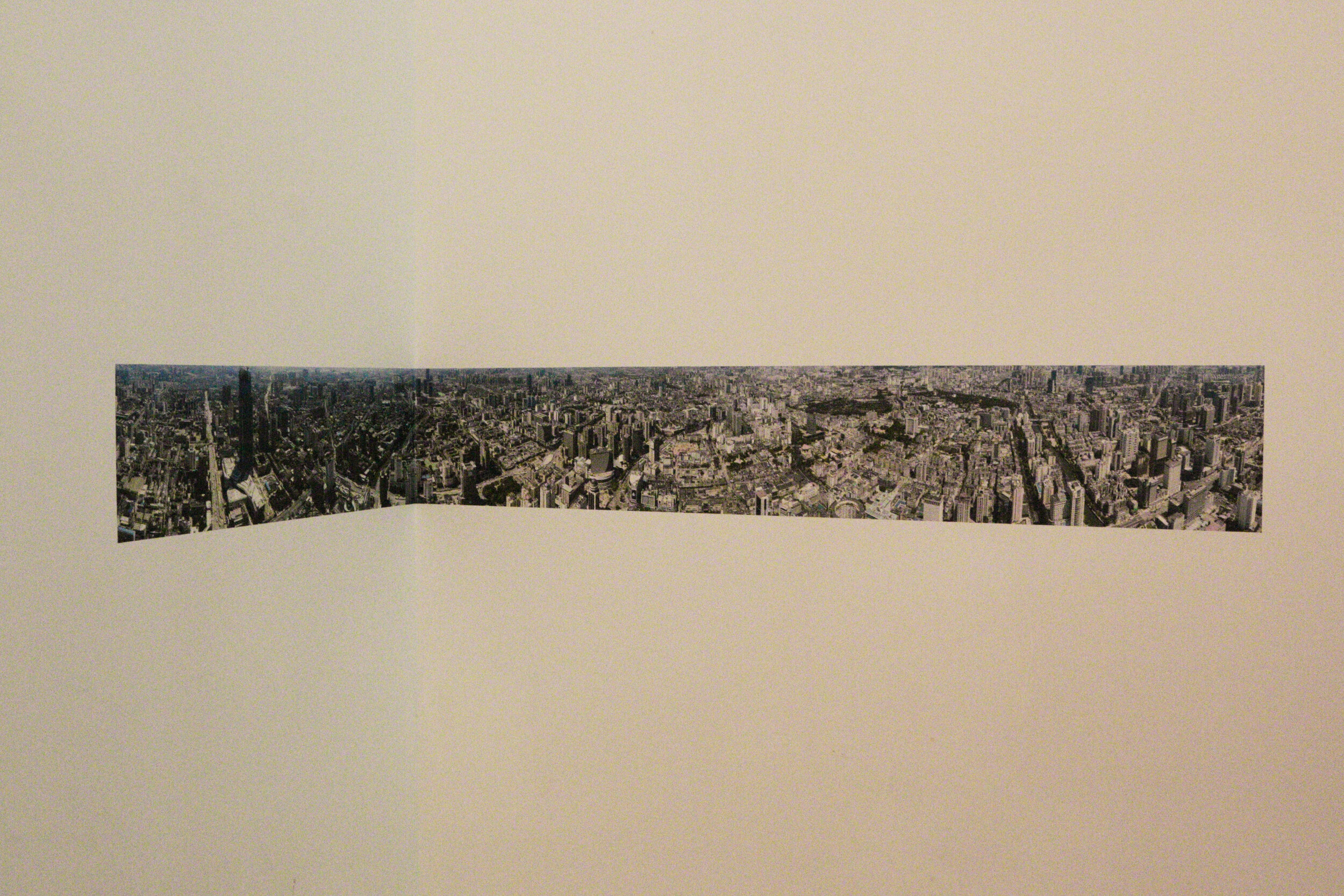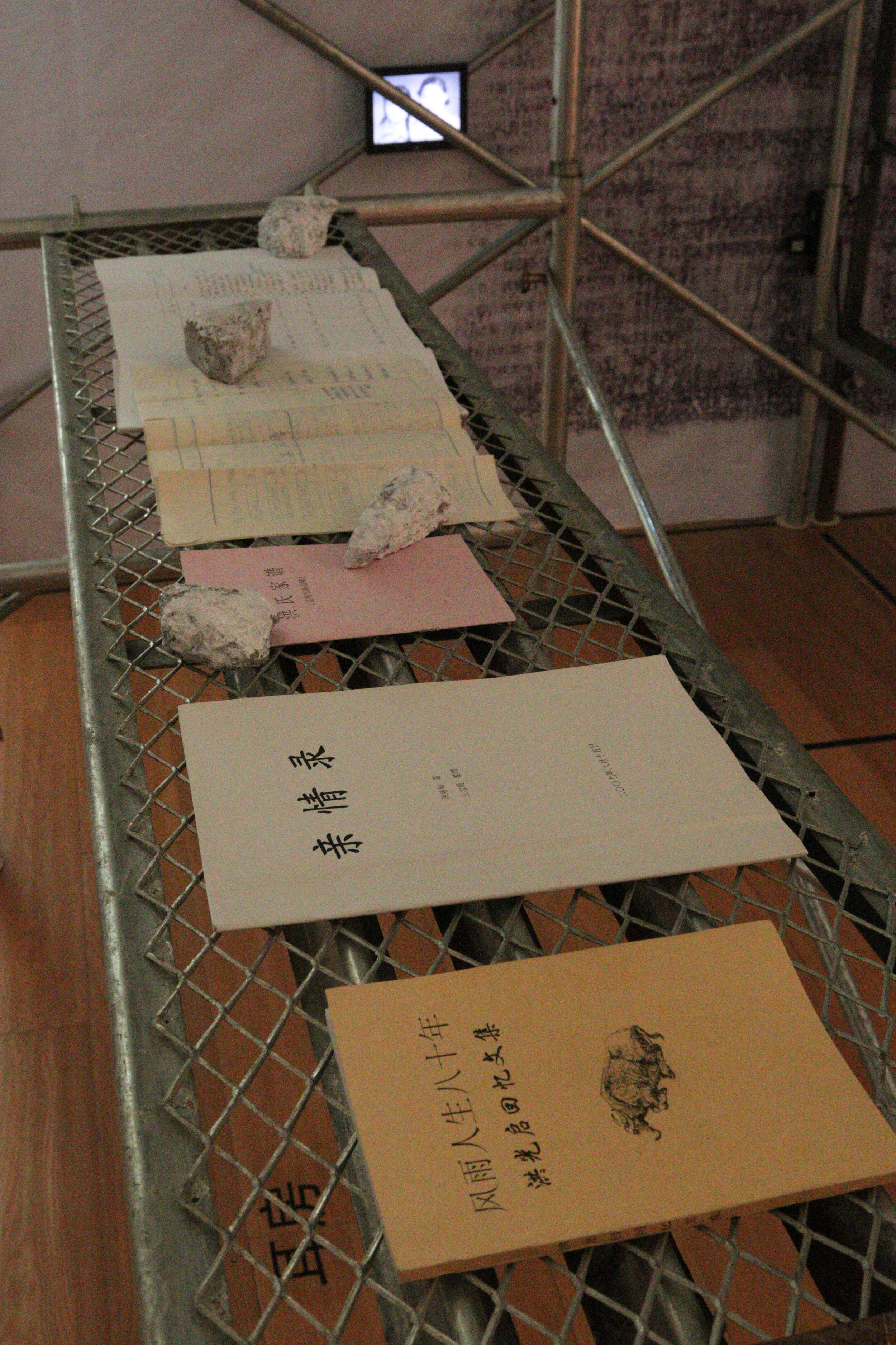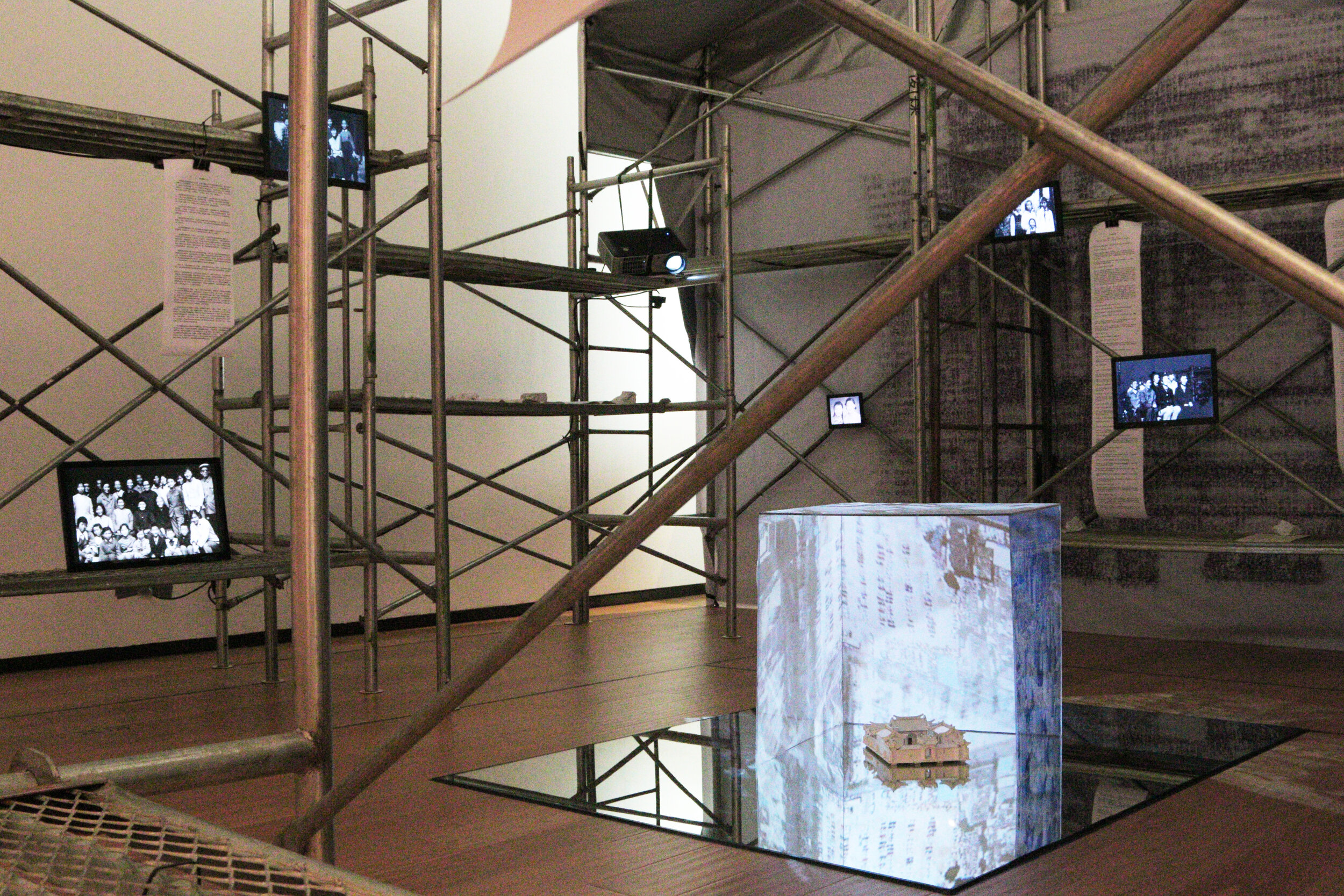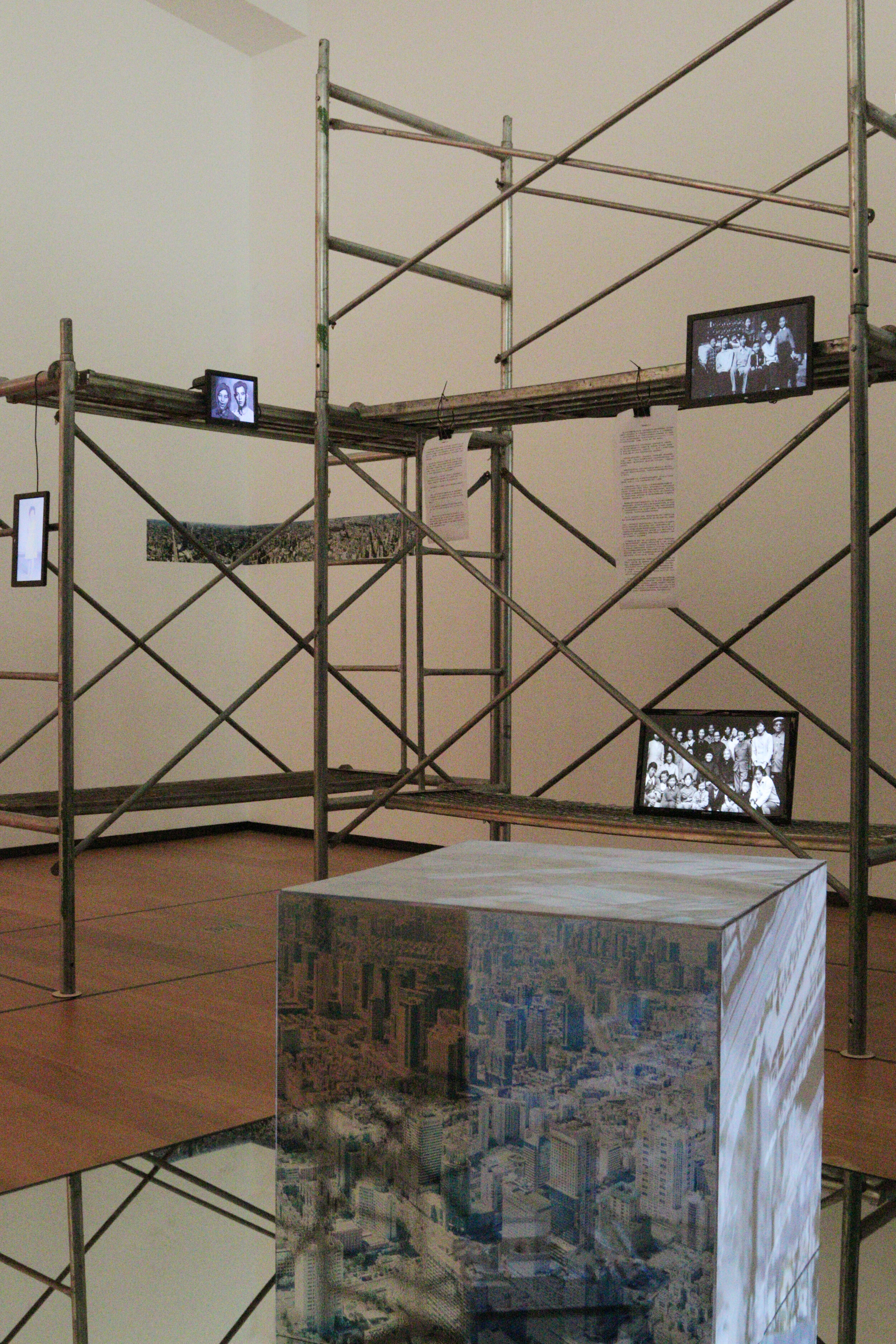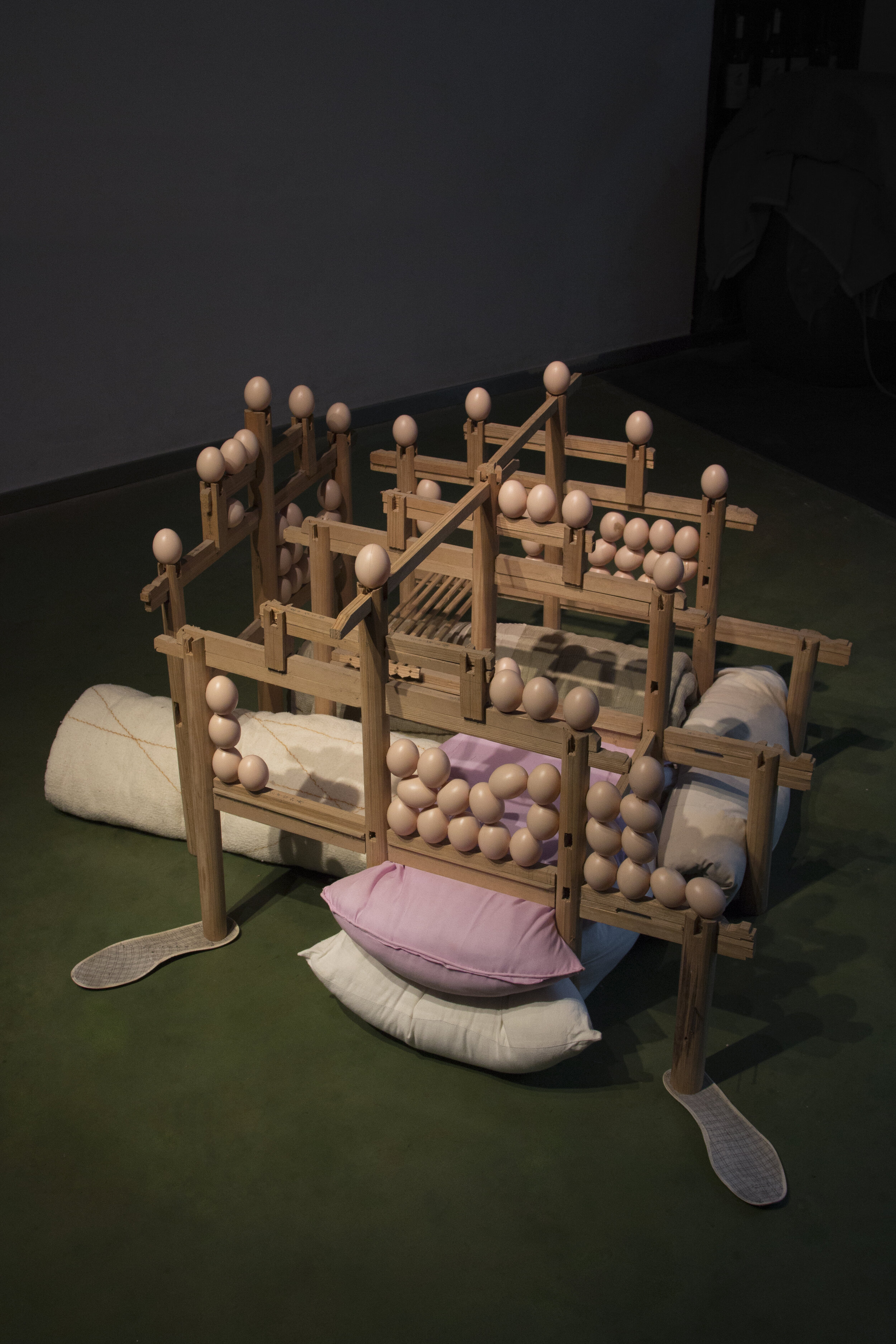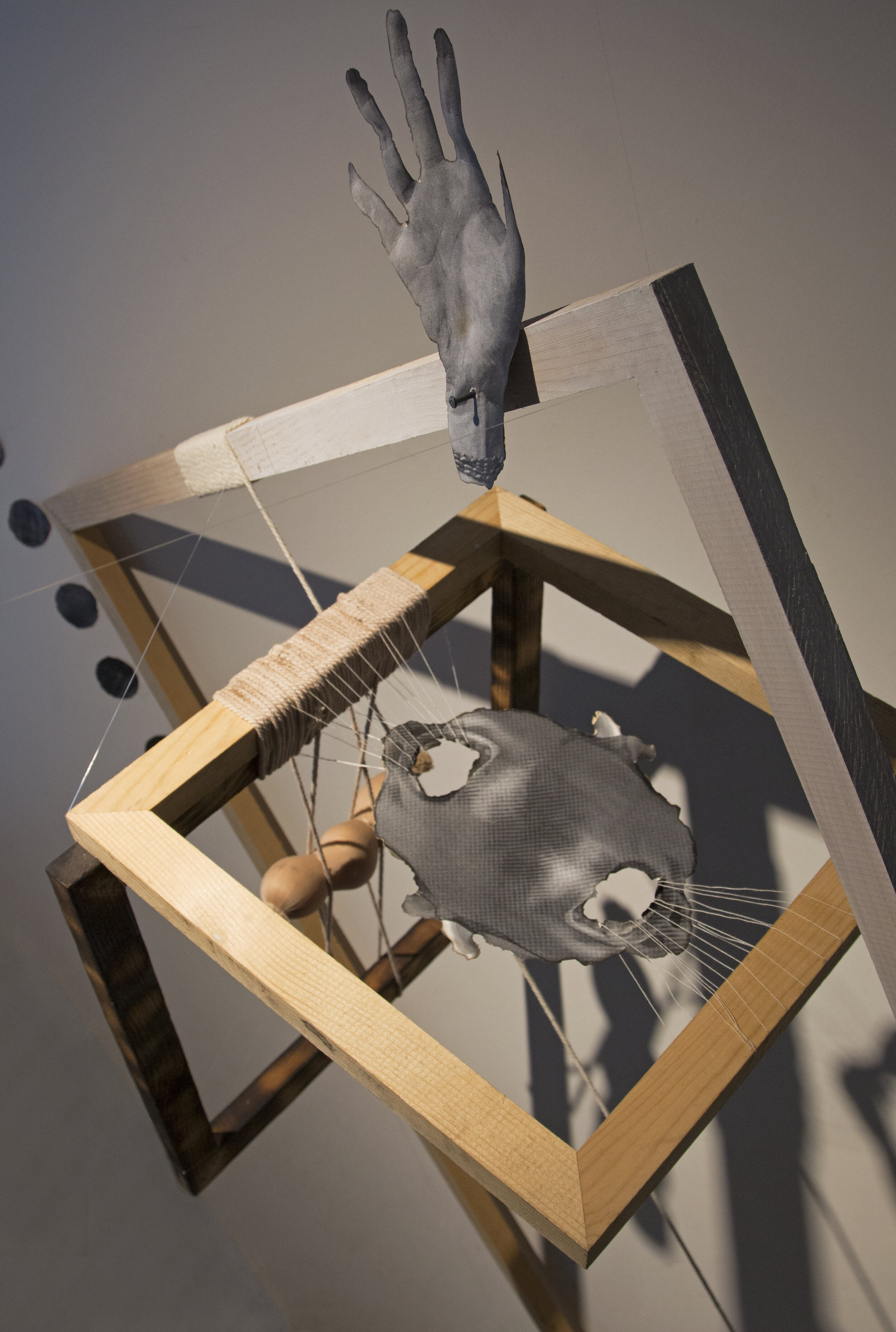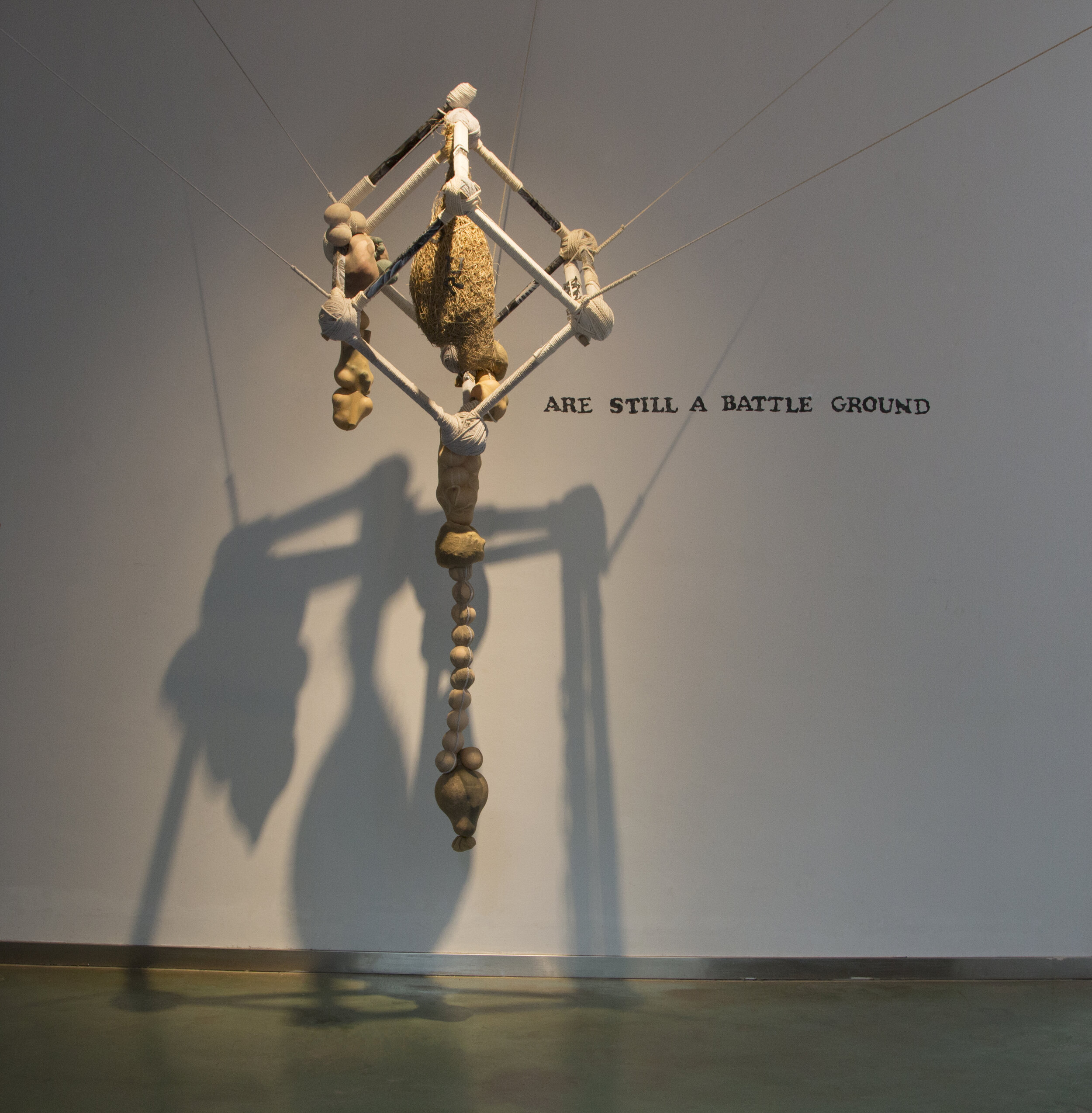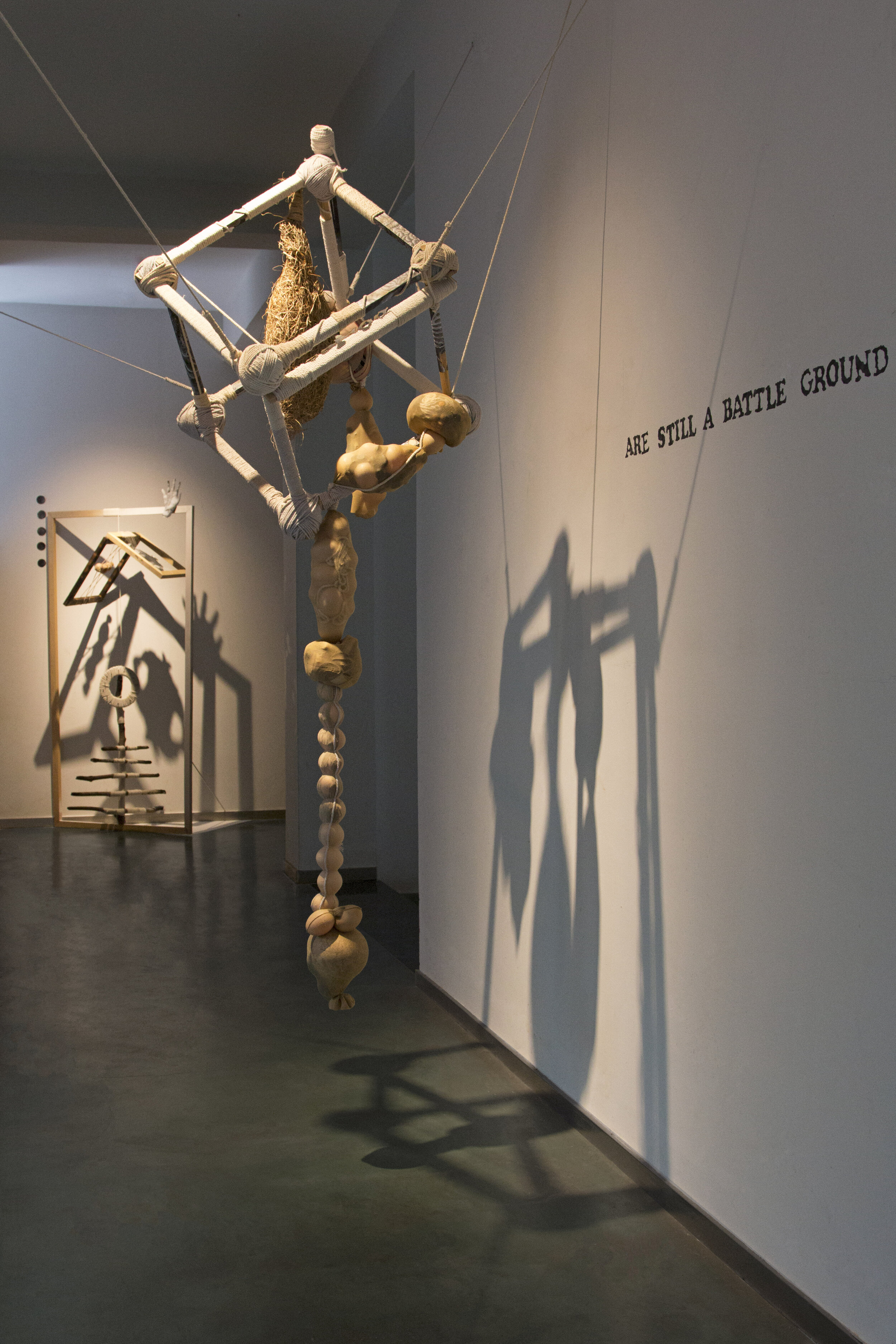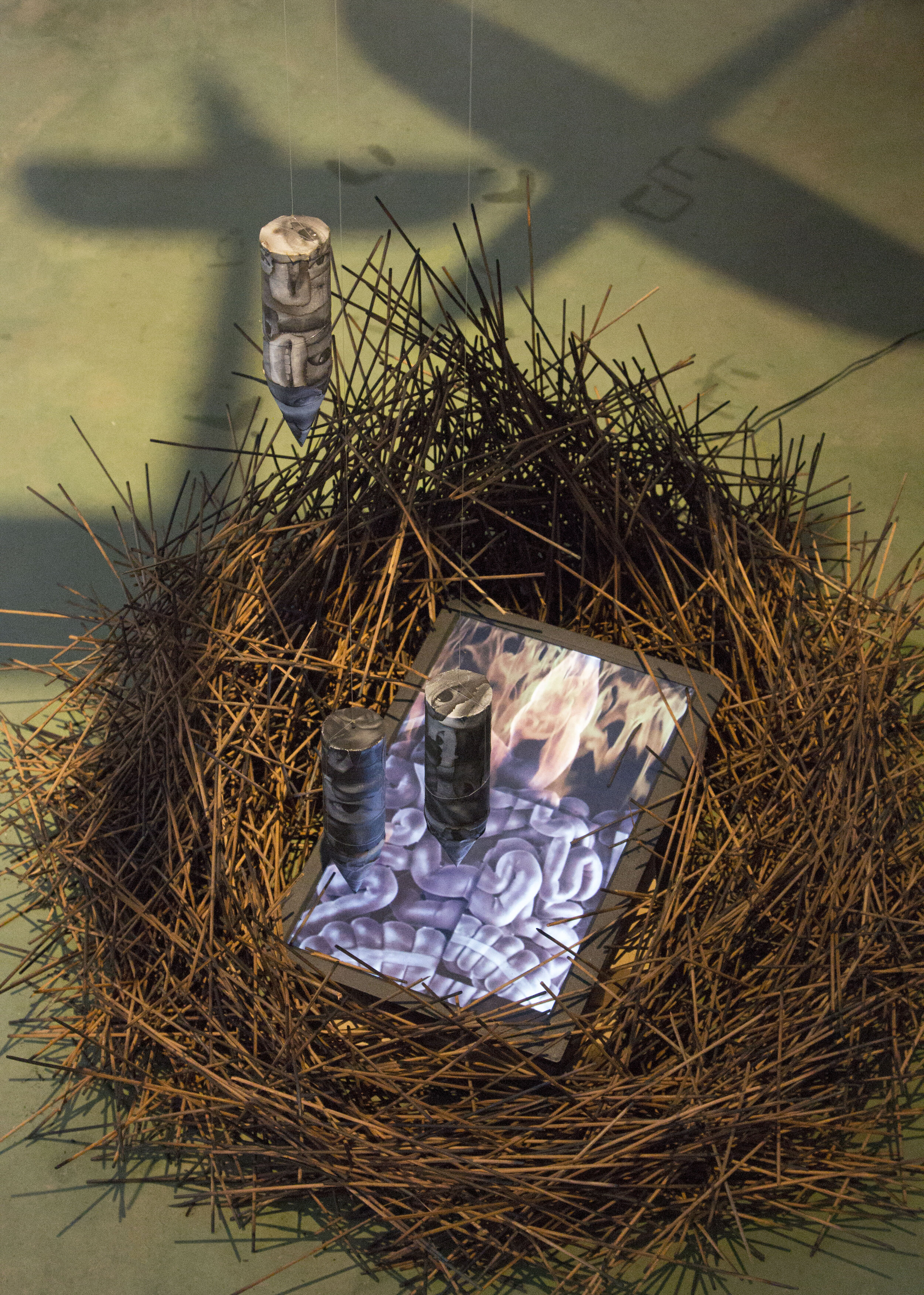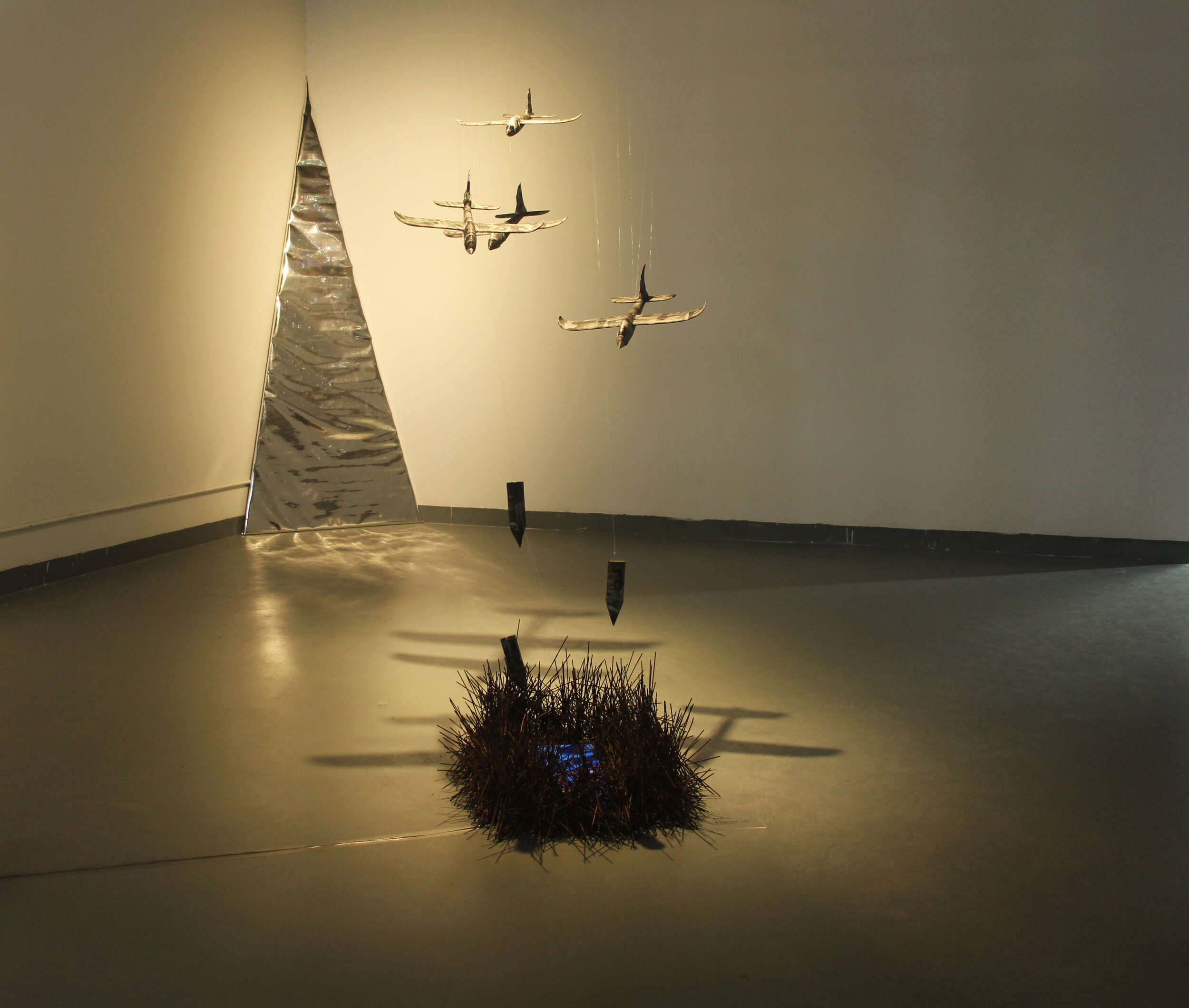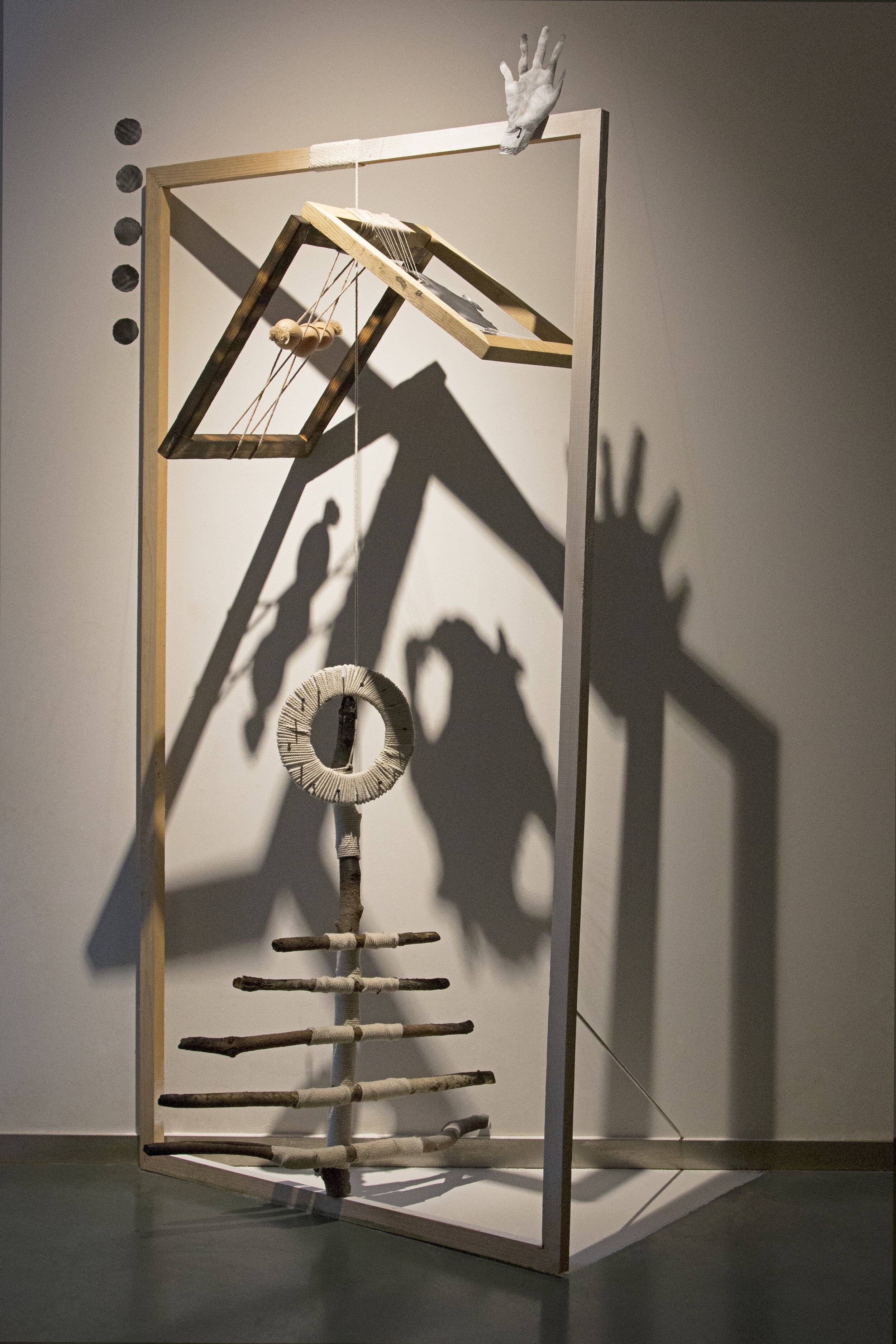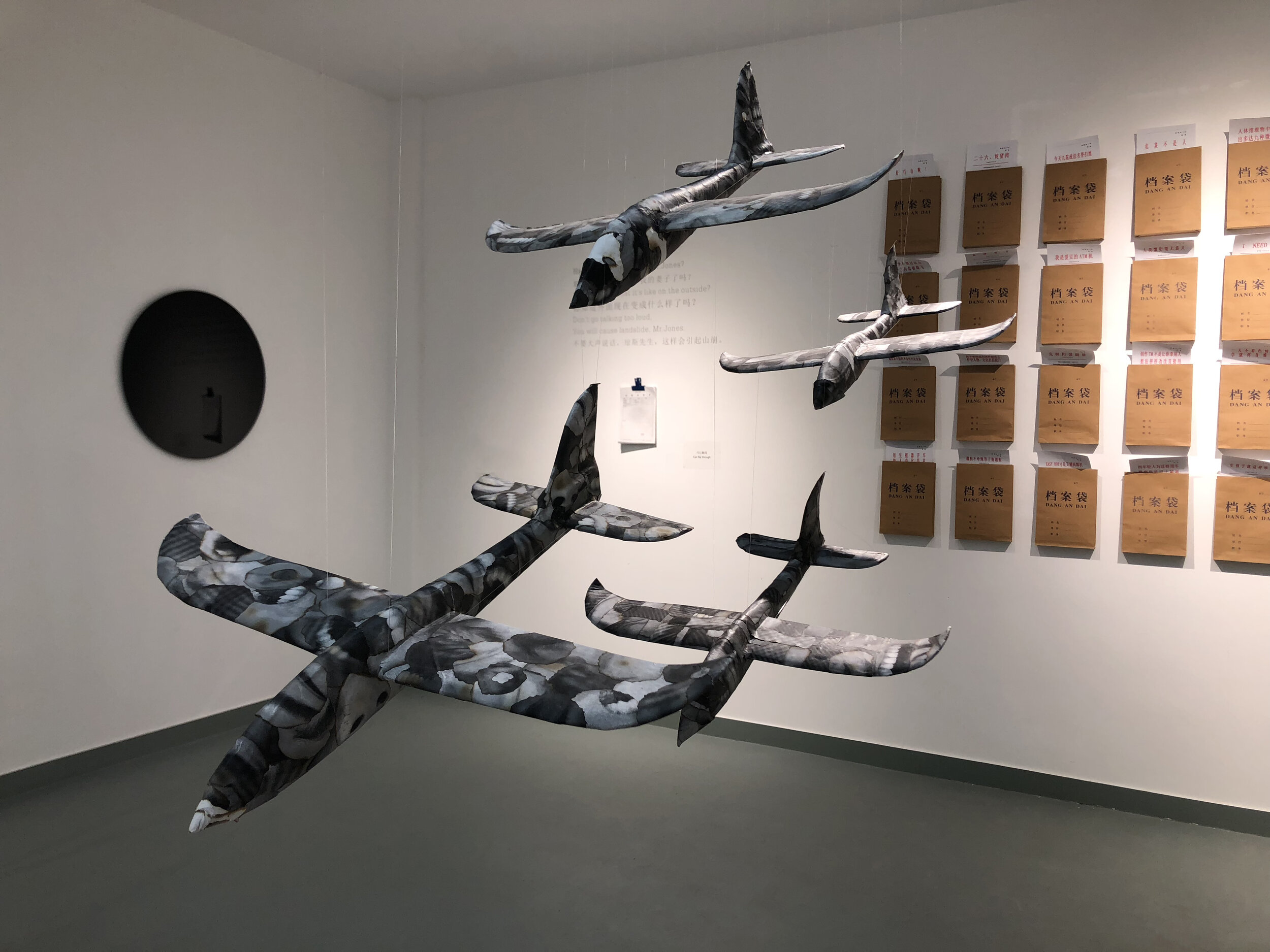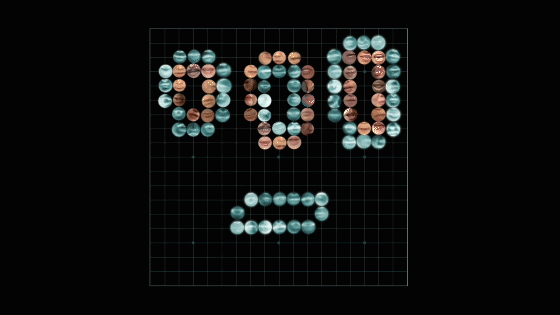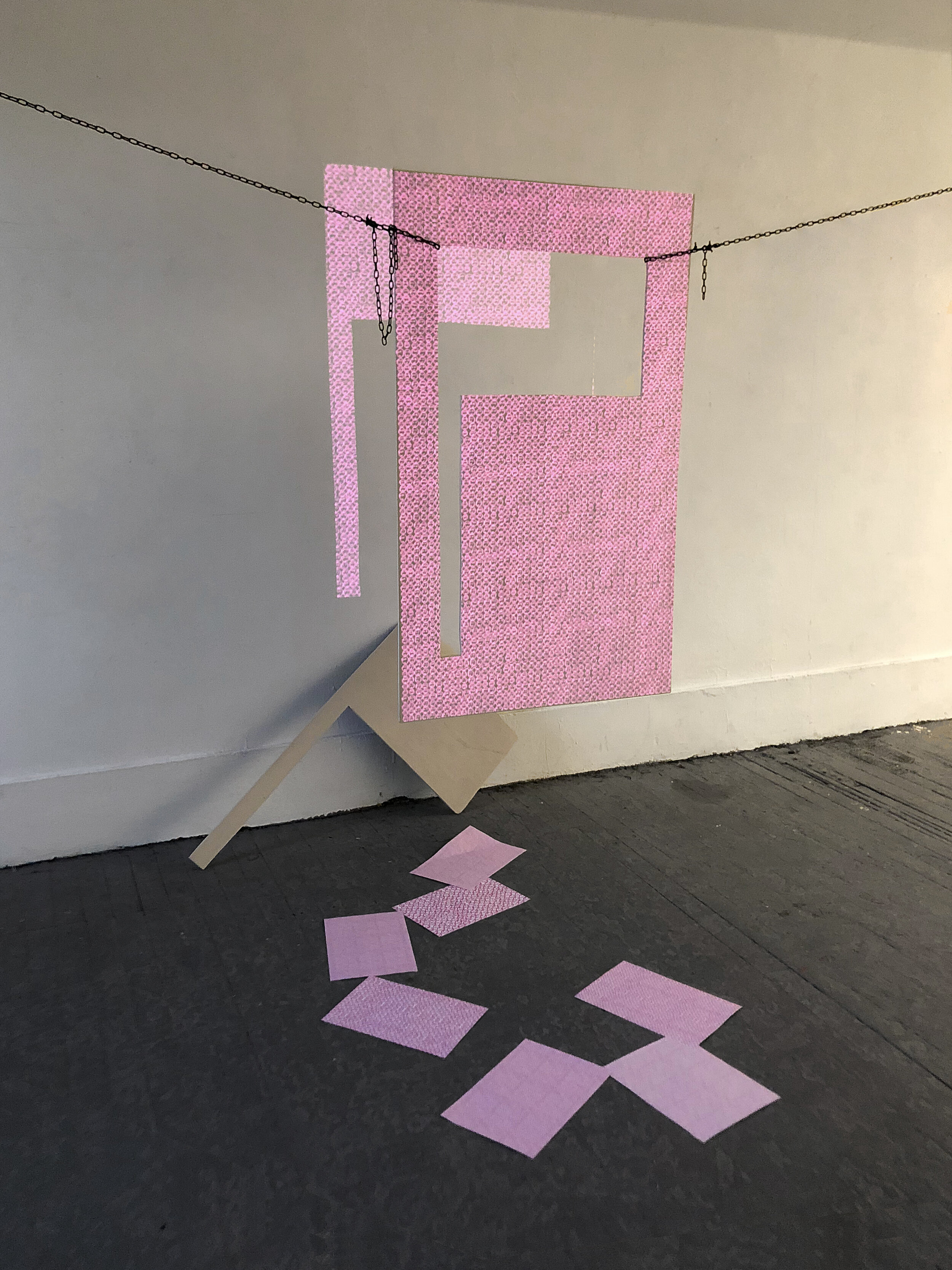Ruoyu Jiang
LONDON, UK & CHENGDU, CHINA
Email: ruoyu.jiang.19@ucl.ac.uk
About the Artist
Born in Kunming, China, studying and living in London,UK and Chengdu, China.
ONLINE RESIDENCY / CHALLENGE PAPER ASSIGNMENT
As the large amount of text in my research, it is an important point for me to transform them. (How to put texts into space and combine them with other media? How texts will be read in a pre-designed space? How narrative texts can be reinterpreted or visualized in other ways?)
Challenge Paper is an interesting start point. The first thing that has came to my mind is "How to pass through a piece of A4 paper”, a game I played when I was a child. After folding the paper in half, use the scissor to cut back and forth along one side. Continuously do it to the whole piece without cutting it off, and then expand it into a paper ring which the human body can pass.
I extracted a short story from the oral history of project No. 63 GaoShanPu Street, and combined it with the game. The wheat at the two sides is a key element of the story.
When the text is installed in the space like this, it becomes interactive, and the viewer needs to adjust the body and turn the neck to read. Differ from reading with a piece of paper in hand, what works here is not a coherent narrative, but the imagination evoked by actions and fragmentary words.
work in progress

ARTIST STATEMENT
I like the expression “surfing the Internet.” When I was in primary school, I did not have a computer at home or a smart phone. Keep opening web pages in the IT class has brought me the thrill of surfing. Today's proliferation of information has turned informations on the Internet into a vast data-soup, fragmented, homogenized, blurring the beginning and the end. Corporate hegemony, armed with big data technologies, drives us to isolated islands of homogeneous information. Insidiously, this crisis has consigned our experience to banalities and left us “speechless.” It is thus urgent and crucial for cultural creators to reflect on what we should focus on.
I feel that the concept of Digital Humanities can be used in the reflection of contemporary art, since they are both in the digital context. Artistic practice has to face the complexity of information and art is also a way to find research media. It requires artist to reinvent personalized information-processing strategies to be an adventure ship in the data-soup. Contemporary art is an experimental field where any topic can be discussed. And art can be a form of resistance (to homogenization), expanding possibilities for new experience and new interpretation.
The past months, defined by the pandemic, have been experimental and have seen the acceleration of digitization. Artists who work with digital media can create and present their work entirely on their computers, and receive instant feedbacks at that. At this point in time, I must admit that it is a kind of privilege. Artists who are used to working with tangible materials have also transformed their balconies or kitchens into makeshift studios, and some of them have started to work with online resources, text, and digital media. I’m also used to working in a studio, so I have to reconsider and readjust a lot during self-isolation.
Recently, my artist friends have launched many online events, such as watching a documentary together, organizing a sci-fi reading group and hosting a sound work listening, etc. However, at the time of writing, no one has ever proposed activities like viewing an installation. It is obvious that online viewing is inadequate for works based on space and physical experience. This gets me pondering about the notion of online exhibition.
For now, I still consider the Internet as an optional, rather than alternative, space for exhibition. Exhibiting the documentation of my works online is scarcely different than an online publicity campaign or a postcard showcase. Some now-be-called online exhibitions show space and video works with pictures or show paintings with videos. Without the involvement of the body, the exhibitions take place only in our imagination, although we depict and approach the exhibition in various ways. Suppose that the online exhibition does become a necessary fixture in the future, we will have a lot to work on. We may need to copy or reconstruct the exhibition hall in the virtual space, to employ 3D scanning, VR, and AR, to design interactivity and a timeline for the audience, to reconsider the relationship with international audience, and to offer extra explanations for a not-so-universal background ... My thinking at the moment is limited, but it is not hard to imagine that this will put new demands on every aspect of the art field.
My practice is usually based on open research and long-term projects. I focus on the recent past in relation to the personal experience and on the changes that are occurring in my native China. In my work, I attempt to extract things out of the past and bring them into the present in an intriguing way, to find out the signs of the present from the past, and to build connections between personal memory/intimate history and public memory/broader political circumstance.
“Why long-term projects?” people once asked me, implying that the audience didn’t seem to care if a good work took the artist a year or an afternoon. But for me, a long-term project is a strategy to avoid losing focus in the context of information explosion. It can provide sustainable materials and motivation for my creation and keep me contemplating specific questions for a longer time. The research process can also bring me new experience. For example, I interviewed 100 people in the project “Dialogue Field”, which has completely changed the way I communicate with others.
GALLERY ONE
No.63
GaoShanpu Street
In this project, I see my grandma's family as a sample (No.63 Gaoshanpu Street is the original address of the family), and use the family oral history, images and archives as the materials to explore the structural changes of traditional families in China over the past half century. By visiting the family members of No.63 Gaoshanpu Street and collecting, sorting and filing relevant materials, I became a member of the family again as an “intervener”.
From the 1930s to the 1980s, the Hong family went through numerous stories surrounding a quadrangle dwelling on GaoShanpu Street in Kunming City. Based at the location, the Hong family grew from a dozen people at the beginning to a large family of more than 50 people. They were a close community connected by blood and marriage. The quadrangle dwelling is a family space that sealed to the outside and open to the inside. It is the materialization of family concept. An elder woman, an old house, frequent family gatherings, the letters and objects just like the heart and blood vessels have kept the members together as a whole body.
In the early 1980s, after the death of the grandma, the family's soul character, and the demolition of the houses caused by urban development, the close community began to disintegrate rapidly. GaoShanpu Street is now permanently silent beneath the sky scrapers, and the original members are now living in apartment-style buildings with their lineal relatives. The kin community extended to a loose network of relatives, and a WeChat group named No.63 GaoShanpu Street became the virtual site of its real existence. The group manager is one of the third generation who has lived in No.63 GaoShanpu Street. He has been getting up early for years to do the flag-raising ceremony with emojis in the chat group.
My generation have heard a lot about GaoShanpu, where the nostalgia of older generations stays. By contrast, I grew up as an only child in a modern city. At the end of 2018, I happened to find an old tape which clearly recorded a family party in No.63 GaoShanpu Street in 1973. People in the tape were immersed in a strong family atmosphere that I am unfamiliar with. And the recording preliminarily inspired the project.
In the presentation stage, the images, sounds, texts and spaces were drawn together across time. Hundreds of voices overlapped into unrecognizable speeches and I hope use them to arouse the curiosity of the audience to read the texts, since the first thing that strikes me is the stories in it.
GALLERY TWO
Our Body is Still a Battleground
The body is one of the important contemporary political arenas, and the right is tempting, teasing, controlling, and producing it. The body is also the last personal private property, the symbolic characteristic of oneself, the bound and foundation of life. I borrowed Barbara Kruger’s declaration “Your body is a battleground” (Specifically, Kruger means the struggle for supporting abortion and the fight for femininity’s reproductive rights) and changed it to “Our body is still a battleground” . Our body, as a carrier of all behaviors and errors, pulled by various forces in life, is a battlefield and will always be a battlefield in a broader sense. Food safety, social morality corruption... all of these threaten our body. The status of the body has unprecedentedly promoting in this era. With the development of medical care, health and safety standards have been continuously improved. As the breaking of various restrictions and standards, we can vent our desires more freely without being suppressed by much morality, and the body is released again and again in various movements and revolutions. Now all the troubles of body can scream loudly in history, philosophy and art.
This series of installations were start with a food poisoning I had after eating out.
GALLERY THREE
The Game Model
Go is a potentially endless game, a kind of politics, the control and governance of the pieces.
This work is a teaching video of Go made from clips of news reports or TV programs in different countries from May13 2015. I want to use its game model and power structure to refer to the confrontation of public speech/opinion. In the video, the talking pieces continue to stack up, and the recognizable speeches gradually turns into a noise.




